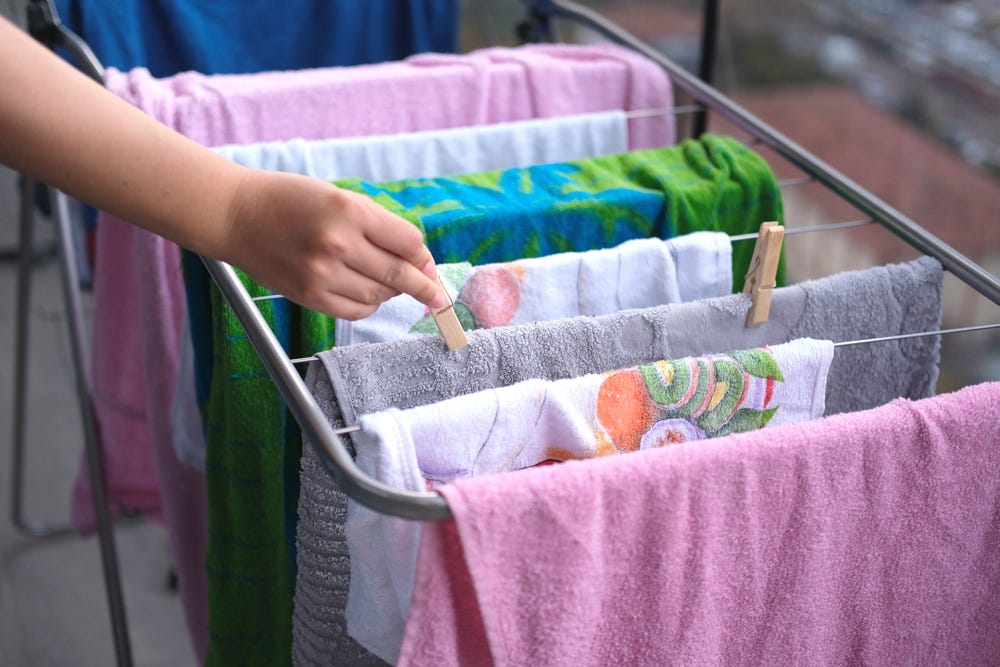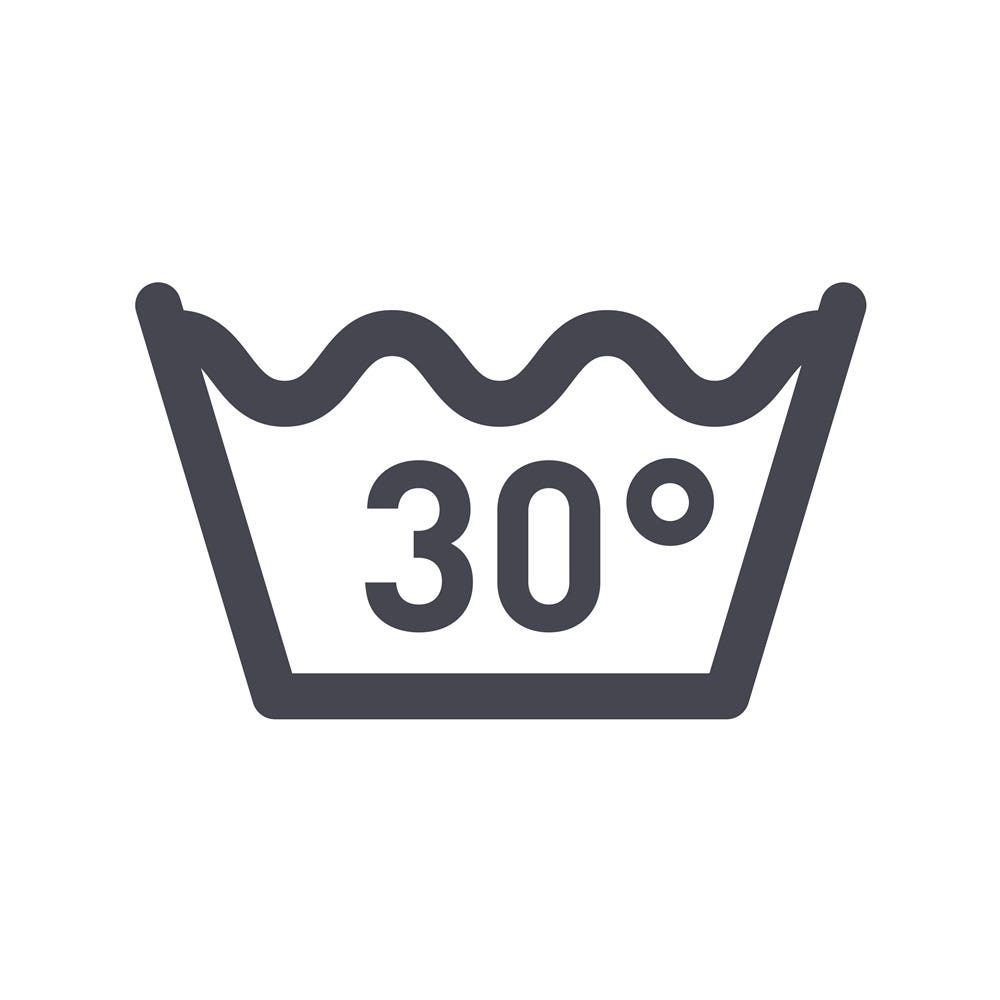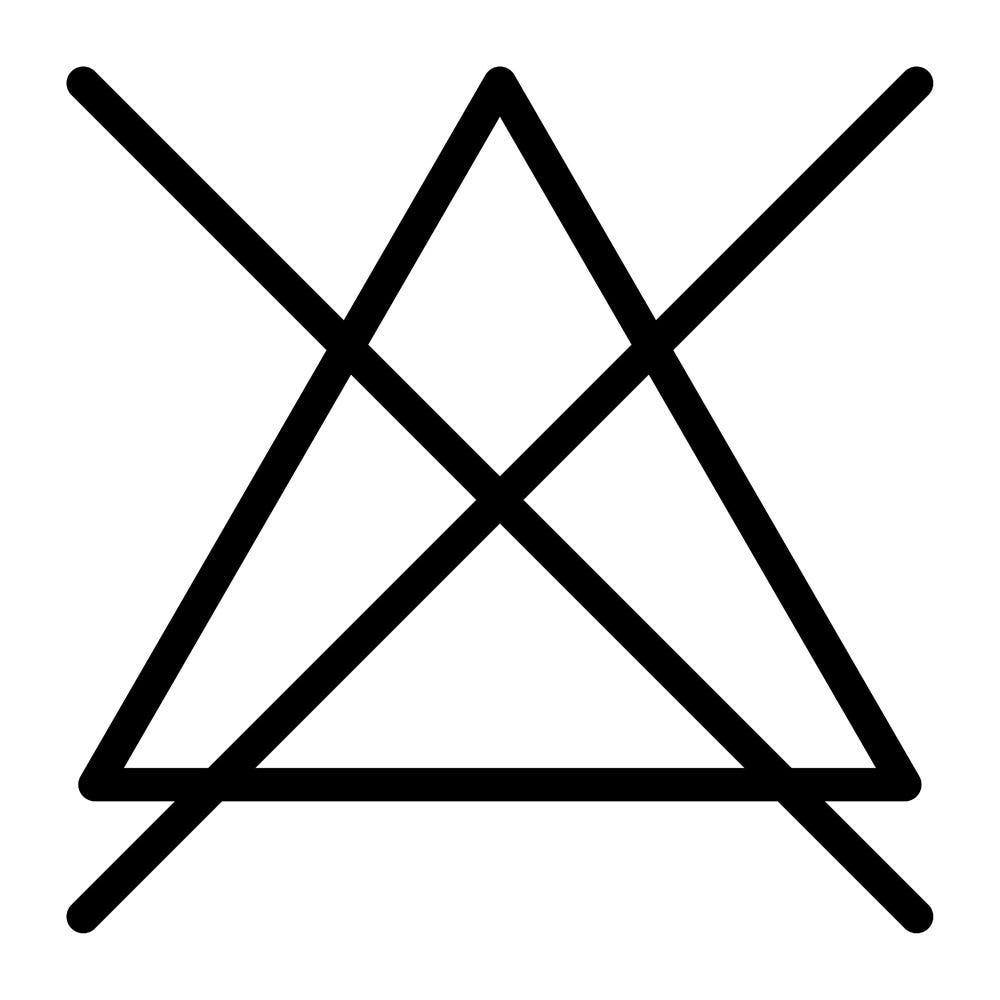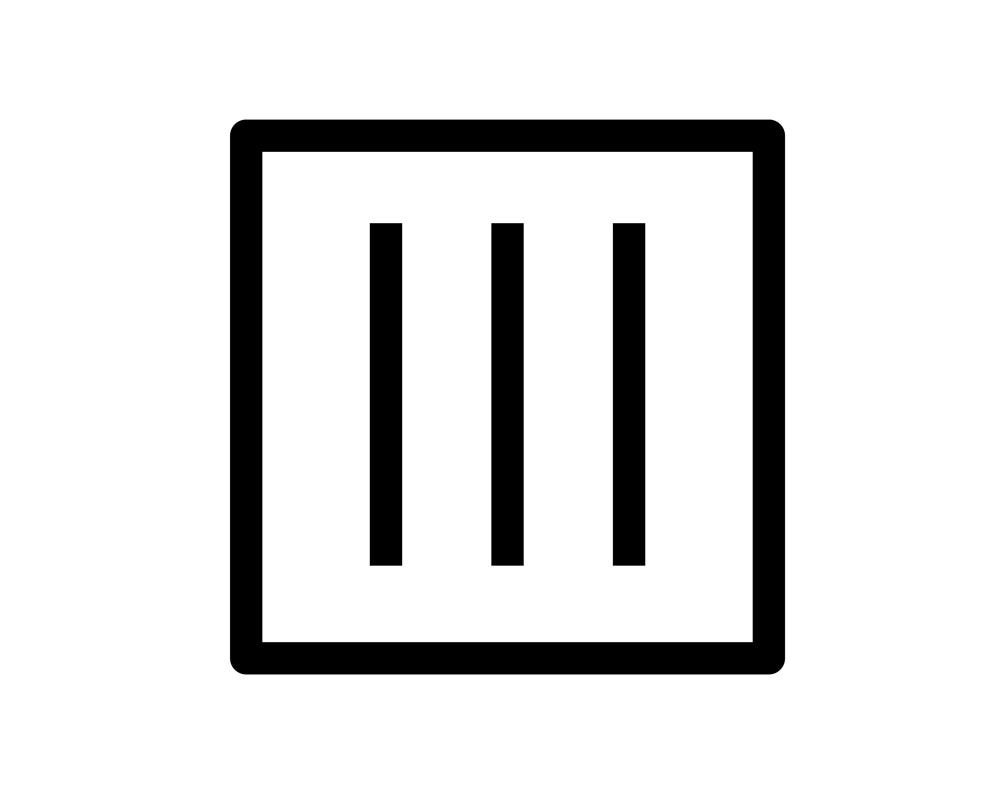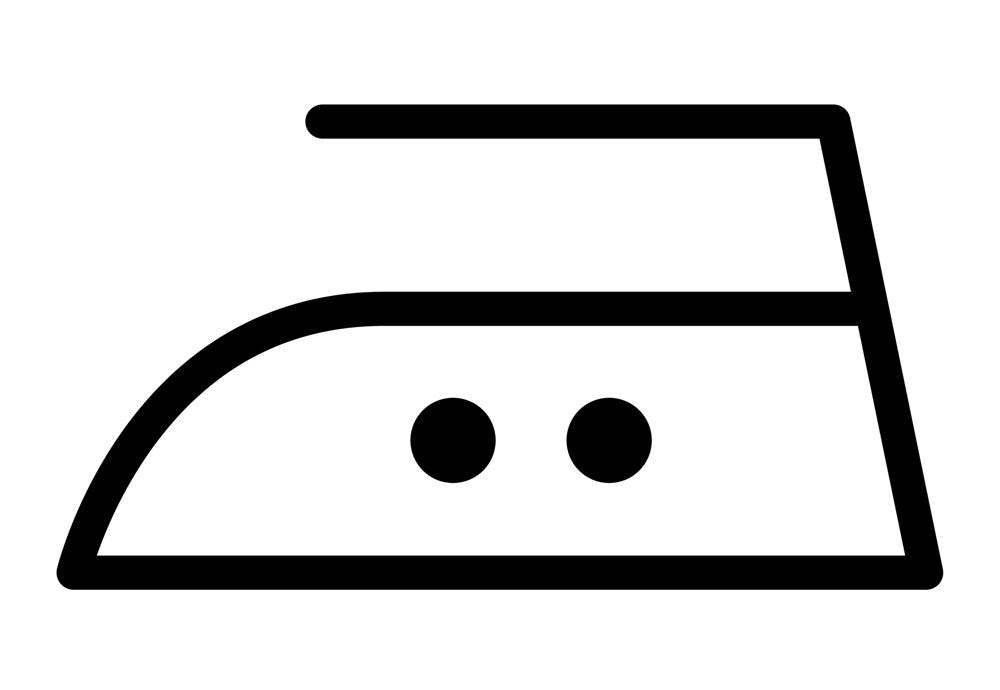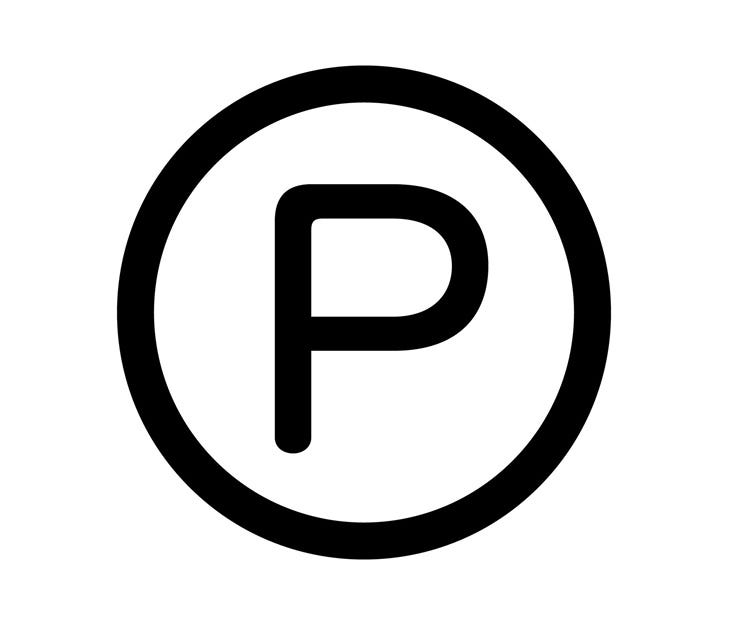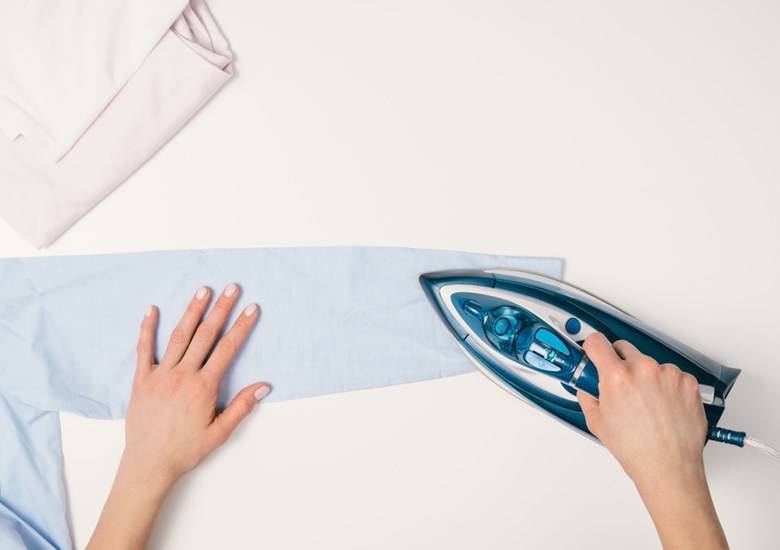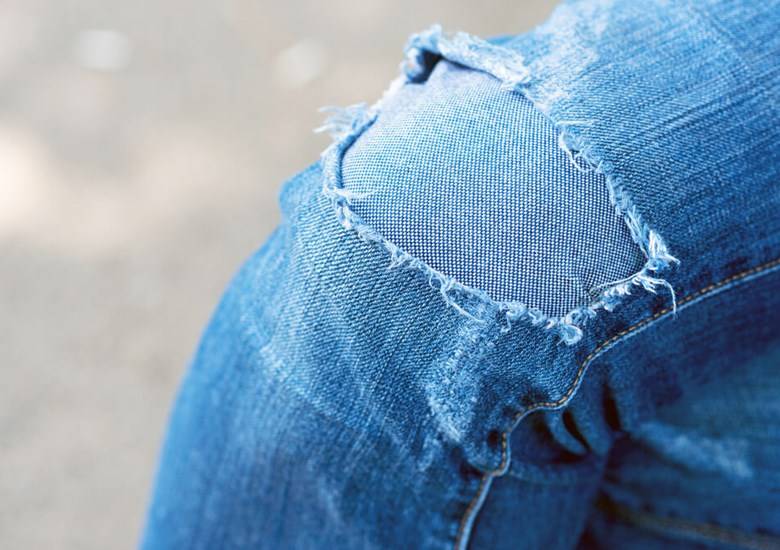How to make clothes smell good

Perhaps you’ve just moved into a new place and are puzzled by the multitude of icons and options on your washing machine, or you’ve just purchased a new washer-dryer and found the how-to manual daunting…
Follow along to discover key steps for how to use a washing machine. You’ll find out how to select the right wash temperature, wash cycle and where to put your detergent and softener for optimal cleaning. You’ll also learn how to wash clothes by hand and how to remove most stains.
Table of contents:
Read on for detailed instructions, from separating your laundry by fabric and colour to adding the right amount of detergent and fabric softener, as well as selecting the optimal cycle and water temperature. Additional steps such as drying laundry, treating stains and hand-washing are also covered.
Have you ever wondered what colours you can wash together? The first step is to separate laundry: avoid mixing together light and dark fabrics or heavily soiled clothes. The type of fabric matters too: lighter fabrics need to be washed separately from heavier ones such as denim.
A good practice for both effective cleaning and the longevity of your washing machine is to avoid overloading it. Find out how to calibrate the right amount for a single load of laundry.
Even if you decide to wash a large load, you still need to be able to fit your hand in the machine. If you can’t, then you know the machine is too full!
Do you know where to put the detergent in your machine? Do you also know how much to use for every load?
It’s important for cleanliness and for the longevity of your clothes to know where to put detergent in the washing machine. You need to check the product label on the detergent packaging to know how to dose the correct amount of powder or liquid detergent.
Learn what the detergent drawer symbols mean.
[I, II & Flower icons]
Do you know how to use your washing machine? Each washing machine has a different range of wash cycles to choose from, with a specific temperature, speed and
|
Cycle type |
Cleaning method |
Clothing type |
|
Cottons |
|
Sheets, towels, whites, heavily soiled items, cotton underwear and socks. |
|
Synthetics |
|
Synthetic garments with medium soiling: blended and synthetic fabrics, polyester, jeans and jumpers. |
|
Delicates |
|
Delicate garments such as lingerie, silk, wool, knits and other delicate fabrics. |
|
Hand-wash |
|
Very delicate garments with the hand-wash icon on the care label. |
If you’re not sure
What temperature is a cold wash? 30°C and lower is a cold wash and it’s a high enough temperature for delicate fabrics, bright colours that could run or fade and lightly soiled clothes.
What temperature is a warm wash? 40°C is a warm wash and is the most common temperature for moderately soiled garments and dark fabrics.
What temperature is a hot wash? 60°C is considered hot and commonly used for bedding and towels as it is the temperature most effective at eliminating bacteria.
Nowadays, there are a range of products that are efficient in cleaning or removing stains, even in cold water, like Vanish, which is beneficial for your clothes and pocket in the long run.
Once you’ve loaded the right amount of laundry as well as detergent and fabric softener, you need to turn on the machine. Ensure you’ve closed the machine door properly, especially if it’s a front-loading machine, as older machines have no warning system to indicate when it’s not locked. You need to hear a clicking sound.
After the wash cycle is complete, make sure you leave the door slightly open to avoid mould or mildew buildup which could make your machine – and clothing – smell.
Once your laundry has been machine-washed, you have two options, either air drying or tumble drying. Both have pros and cons, it’s up to you to decide what suits your garments better.
Why does my washer smell?
Not only do you need to leave the door open, but you also need to clean your washing machine regularly in order to keep it smell-free and
Not sure how to clean the washing machine rubber? After you’ve run a machine-cleaning cycle, simply make sure you wipe clean the seals!
To preserve the longevity of your washing machine and effectively clean your laundry, avoid the common mistakes below:
Garment care labels can seem difficult to decipher, but laundry will become much easier once you break it down step by step.
Laundry symbol: The first icon is generally a bucket filled with water, with either dots or a number representing the water temperature of the wash cycle.
Bleaching symbol: The triangle helps you understand whether or not you can use bleach.
Drying symbol: The square represents drying advice to care for your garment.
Ironing symbol: Ironing advice is represented by a simplified iron icon.
Dry cleaning symbols: The presence of a circle on the care label indicates how to approach professional dry cleaning.
Read our full guide to wash symbols.
You can treat a stain before you put the garment in the washing machine: the two-step process of loosening up stain particles with a product first and machine washing with a regular detergent second will get rid of the toughest stains.
It’s better to be safe than sorry and if you have any doubt about how a garment will handle a machine wash, hand-washing may be your best option.

